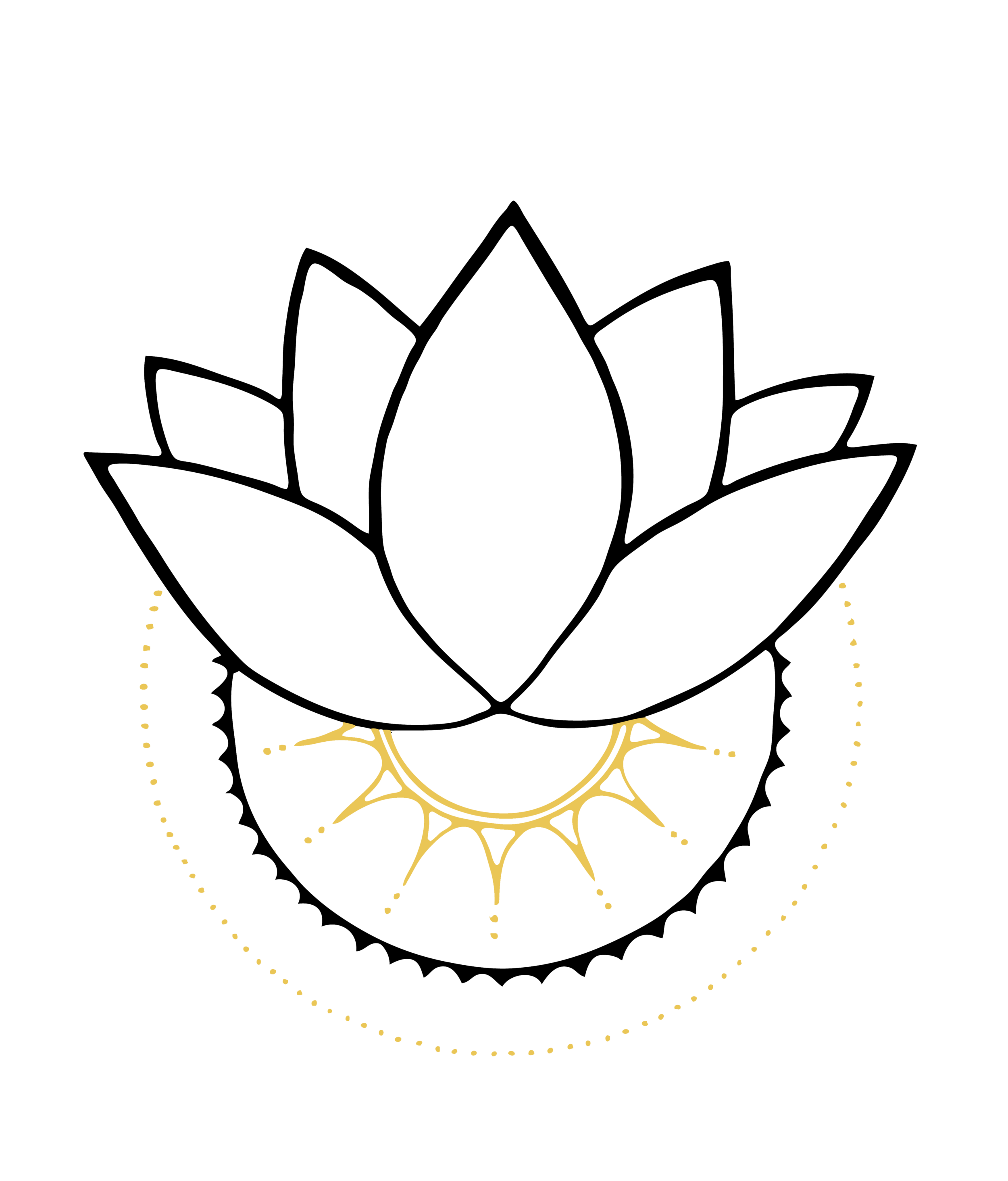winter solstice remix
Last night, I spent my winter solstice in the
Swannanoa Women’s Correctional Facility, sharing the practice of yoga. And
while it was different than every other winter solstice celebration of my life
so far, it was beautiful and perfect and right where I needed to be.
And because we are all one, because the only way
to understand anything is through compassion, I would like to share 10 facts
about incarcerated women. I am paraphrasing from an article that was originally
authored by Becki Ney, a Principal with the Center for Effective Public Policy
(CEPP) and Project Director of the National Resource Center on Justice Involved
Women (NRCJIW). If you would like to read the original article please follow this
link.
1. Women
pose a lower public safety risk than men, typically entering the criminal
justice system for nonviolent crimes that are often drug and/or property
related. As well, once in the system, incidents of violence and aggression by
women are extremely low and women released from incarceration have lower
recidivism rates than men.
2. Women
entering the criminal justice system are much more likely to have experienced
poverty, intimate partner violence, sexual abuse, and/or other forms of
victimization often linked to their offending behavior. As well, Women are much
more likely to have co-occurring disorders- in particular, substance abuse
problems interlinked with trauma and/or mental abuse.
3. Women’s
engagement in criminal behavior is often related to their connections with
others- relationships are often paramount for women and their exposure to
dysfunctional and abusive relationships can elevate their risk for
victimization and the perpetration of violence.
4. Women
entering jails and prisons overwhelmingly report histories of victimization and
trauma and continue to be vulnerable within correctional settings.
5. Corrections
policies and practices have been developed by managing men, not women.
6. Jail
and prison classification systems can result in unreliable custody designations
and over classification of female inmates.
7. Women
have different risk factors than men- including depression, psychotic symptoms,
housing safety and parental safety- all related to their criminal behavior.
8. Women
are more likely to respond favorably when correctional staff adheres to
evidence-based, gender-responsive principles. Understanding trauma and its
effects on women, using trauma informed strategies when interacting and
engaging in cognitive problem solving with female inmates has been shown to
enhance facility safety and security for staff and inmates alike.
9. Transition
and reentry to the community can be challenging for women. Women are more
likely than men to have primary child-rearing responsibilities and are often
single parents. Women report greater levels of poverty and less employment
history preceding incarceration. Finding safe housing where women can live and
support their children is very challenging.
10.
The cost of women in criminal justice
is high- given what we know: low risk, parental responsibilities and
significant needs- and strategies we can employ to improve outcomes- we can
understand that we are failing this population when we understand that 60% of
women released are re-arrested. The negative impact of involvement with the
criminal justice system has- besides the direct cost of incarceration- a
generational impact as the children of female offenders are 5 times more likely
to become involved in the criminal justice system.
Quite simply, we can do better than this. Another
yoga teacher posted a poem by Margaret Atwood as her caption for a winter
solstice themed photo. I share it now as it inspired the practice that I shared
last night as well as spoke to me about where we are now, not only with the
criminal justice system, but with everything. Personally and collectively- is
there a difference?
“This is the solstice, the still point
Of the sun, its cusp and midnight,
The year’s threshold
And unlocking, where the past
Let’s go of and becomes the future;
The place of caught breath.” –Margaret Atwood
Light a Path works to create resilience through
connection, showing up for people in communities of need. Light a Path has
programs in local correctional facilities as well as local schools, utilizing
yoga and other somatic practices as a way to health, healing, self-esteem and
positive direction. We would love your support. Visit us online at www.lightapath.org

